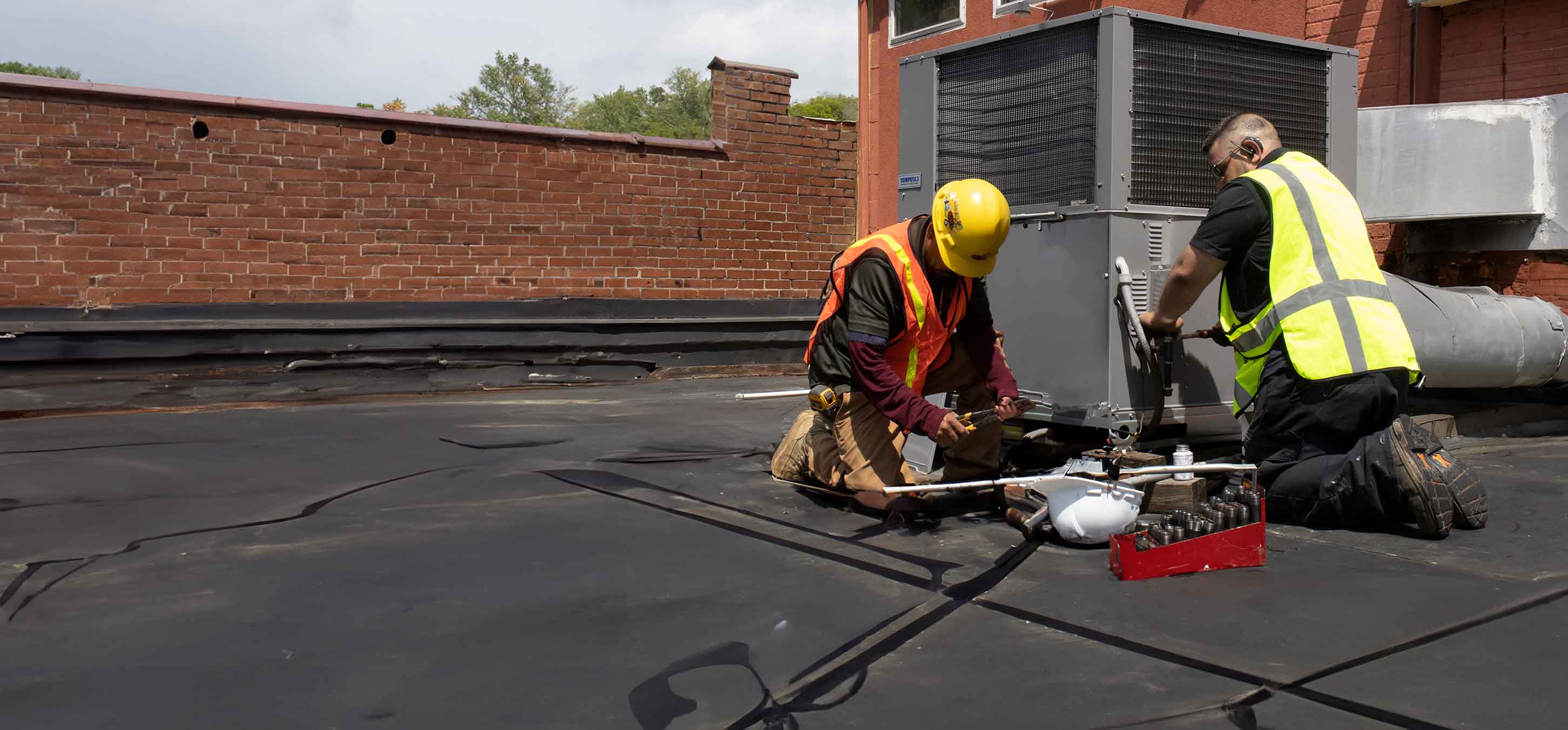

Energy-saving Solutions
Your trusted partner for professional home services. Quality workmanship, guaranteed satisfaction.




- HEP
- Energy-saving Solutions
Energy-saving Solutions | HVAC Unit Replacement | Heating and Air Conditioning | Dayton
Tired of wrestling with uneven temperatures and soaring utility bills in Dayton’s ever-changing climate? HEP’s Energy-Saving Solutions team makes comfort effortless—and affordable—by pairing cutting-edge equipment with precision craftsmanship. Our specialists evaluate your home’s unique demands and recommend the optimal HVAC unit replacement, trimming energy consumption while boosting year-round performance. From whisper-quiet heat pumps to high-efficiency air conditioners, every install is tailored for maximum savings and backed by HEP’s transparent pricing and rock-solid warranties.
Customers across Dayton rave about quicker comfort, cleaner indoor air, and noticeably lower energy costs within the first billing cycle. Let HEP handle the heavy lifting—from load calculations and financing options to old-unit haul-away—so you can simply relax in a perfectly climate-controlled home. Schedule your free estimate today and discover how effortless true comfort can be.
FAQs
How do I know when it’s time to replace my HVAC unit instead of repairing it in Dayton?
Most systems last 12–15 years. If your unit is within that age range, needs frequent or costly repairs, runs louder than normal, struggles to keep temperatures stable, or causes unusually high utility bills, replacement is usually more economical. A professional load calculation and inspection will confirm whether efficiency losses and repair costs outweigh the benefits of a new system.
What energy-saving benefits can I expect from installing a new high-efficiency HVAC system?
Today’s ENERGY STAR® air conditioners and furnaces offer SEER2 ratings up to 20+ and AFUE ratings of 95–98%. Compared with a 10-to-15-year-old unit, you can save 20–40% on cooling costs and 15–30% on heating. New variable-speed compressors and ECM blower motors run at lower speeds most of the time, reducing electricity spikes and improving indoor comfort and humidity control.
Which HVAC replacement options qualify for federal, state, or local rebates in the Dayton area?
Qualifying equipment includes heat pumps with SEER2 ≥ 15.2, gas furnaces with AFUE ≥ 97%, and packaged units meeting ENERGY STAR guidelines. The federal Inflation Reduction Act offers up to $2,000 in tax credits, while Ohio’s Energy Efficiency Program and Dayton Power & Light occasionally offer instant rebates of $300–$600. Our team will file the necessary paperwork and provide AHRI certificates to ensure you receive all available incentives.
How long does a typical HVAC unit replacement take, and will my home be without heating or cooling?
Most residential replacements are completed in one day. We begin with an 8 a.m. arrival, remove the old equipment, modify ductwork or line sets if needed, install the new indoor and outdoor units, pressure-test and evacuate the refrigerant lines, then commission the system. You may be without heating or cooling for 4–6 hours, but technicians can provide temporary space heaters or spot coolers during extreme weather.
What size HVAC system is right for my home, and how is it determined?
Proper sizing uses Manual J load calculations that account for square footage, insulation levels, window orientation, occupancy, and local Dayton climate data (design temps 14 °F winter, 90 °F summer). Oversized systems short-cycle and waste energy; undersized units run continuously and wear out faster. We measure your home, evaluate duct static pressure, and recommend the tonnage or BTU output that delivers balanced comfort and efficiency.
How can I maintain my new energy-efficient HVAC unit to maximize its lifespan and savings?
Replace or clean filters every 1–3 months, keep outdoor coils free of debris, and schedule biannual professional tune-ups (spring for cooling, fall for heating). During service, technicians verify refrigerant charge, clean condensate drains, test safety controls, and update firmware on smart thermostats. Enrolling in a maintenance plan also preserves manufacturer warranties and can reduce repair costs by up to 20%.